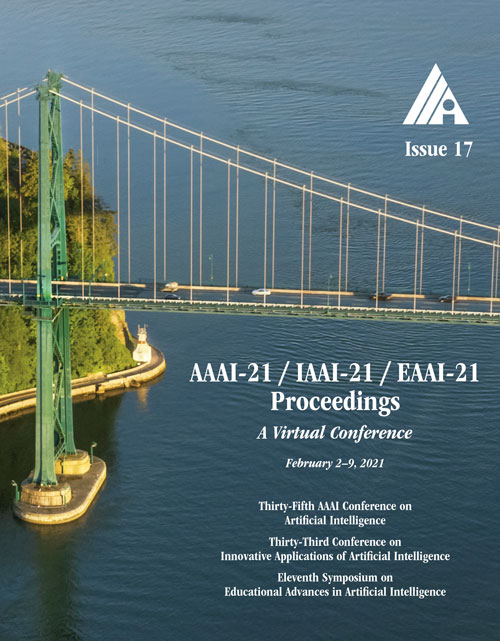Using Unsupervised Learning for Data-driven Procurement Demand Aggregation
DOI:
https://doi.org/10.1609/aaai.v35i17.17781Keywords:
Procurement Management, Demand Aggregation, Unsupervised Ml, Graph Mining, Randomized AlgorithmsAbstract
Procurement is an essential operation of every organization regardless of its size or domain. As such, aggregating the demands could lead to better value-for-money due to: (1) lower bulk prices; (2) larger vendor tendering; (3) lower shipping and handling fees; and (4) reduced legal and administration overheads. This paper describes our experience in developing an AI solution for demand aggregation and deploying it in A*STAR, a large governmental research organization in Singapore with procurement expenditure to the scale of hundreds of millions of dollars annually. We formulate the demand aggregation problem using a bipartite graph model depicting the relationship between procured items and target vendors, and show that identifying maximal edge bicliques within that graph would reveal potential demand aggregation patterns. We propose an unsupervised learning methodology for efficiently mining such bicliques using a novel Monte Carlo subspace clustering approach. Based on this, a proof-of-concept prototype was developed and tested with the end users during 2017, and later trialed and iteratively refined, before being rolled out in 2019. The final performance was 71% of past cases transformed into bulk tenders correctly detected by the engine; for new opportunities pointed out by the engine 81% were deemed useful for potential bulk tender contracts in the future. Additionally, per each valid pattern identified, the engine achieved 100% precision (all aggregated purchase orders were correct), and 79% recall (the engine correctly identified 79% of orders that should have been put into the bulk tenders). Overall, the cost savings from the true positive contracts spotted so far are estimated to be S$7 million annually.Downloads
Published
2021-05-18
How to Cite
Shaham, E., Westerski, A., Kanagasabai, R., Narayanan, A., Ong, S., Wong, J., & Singh, M. (2021). Using Unsupervised Learning for Data-driven Procurement Demand Aggregation. Proceedings of the AAAI Conference on Artificial Intelligence, 35(17), 15175-15184. https://doi.org/10.1609/aaai.v35i17.17781
Issue
Section
IAAI Technical Track on Highly Innovative Applications of AI

